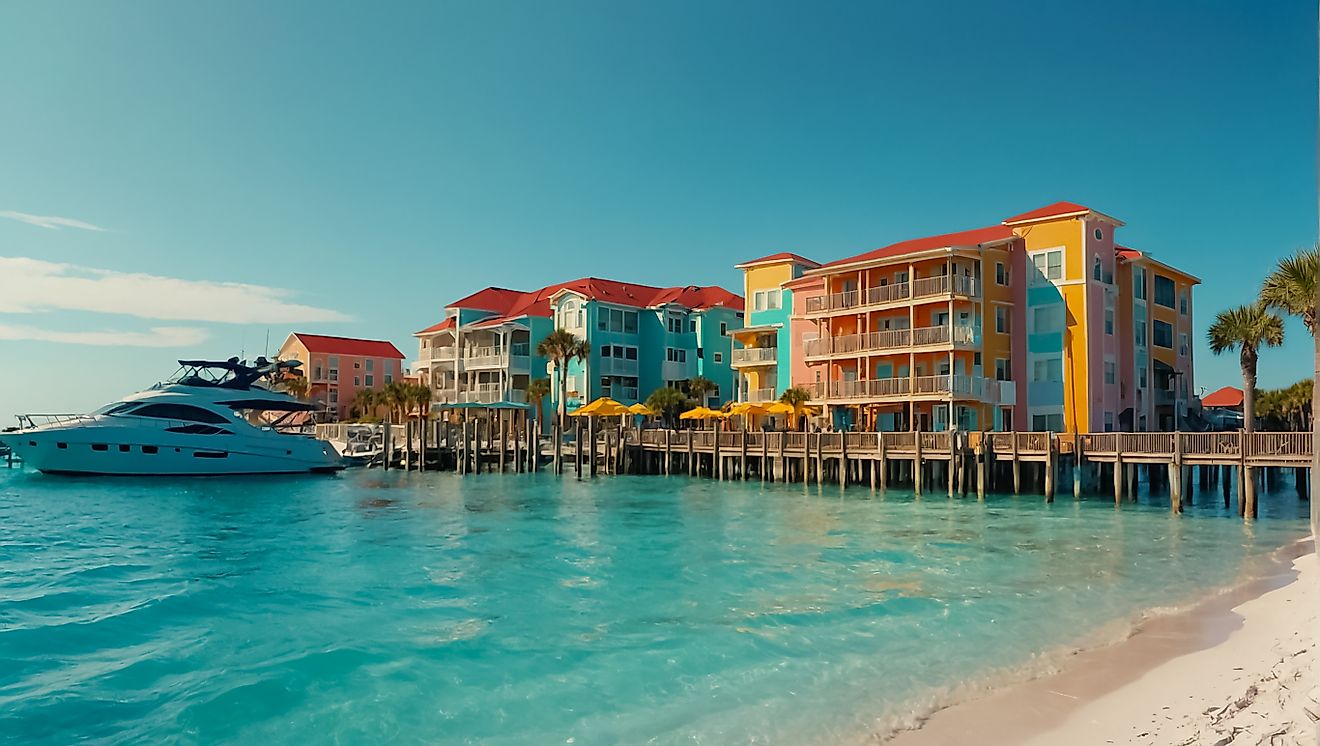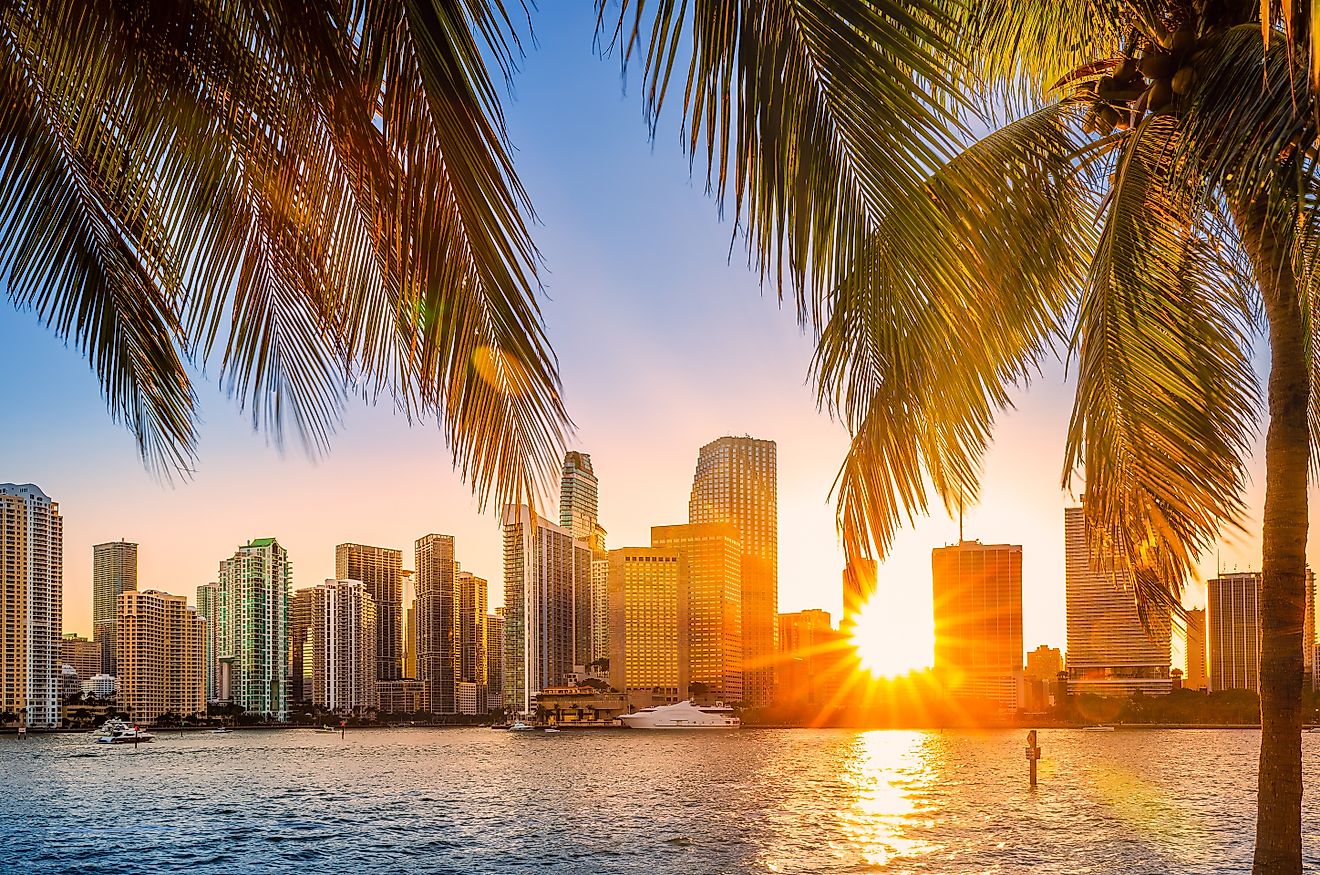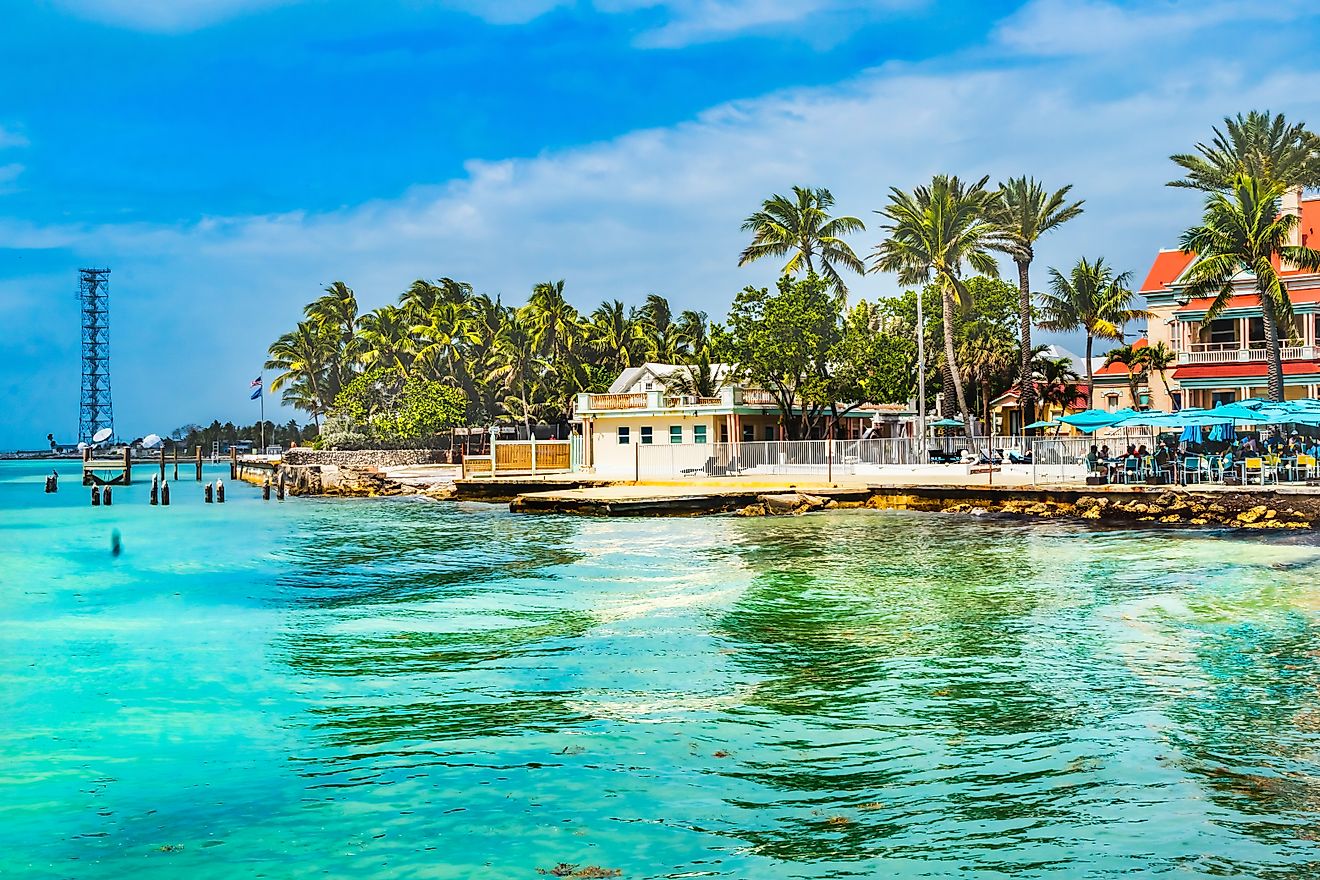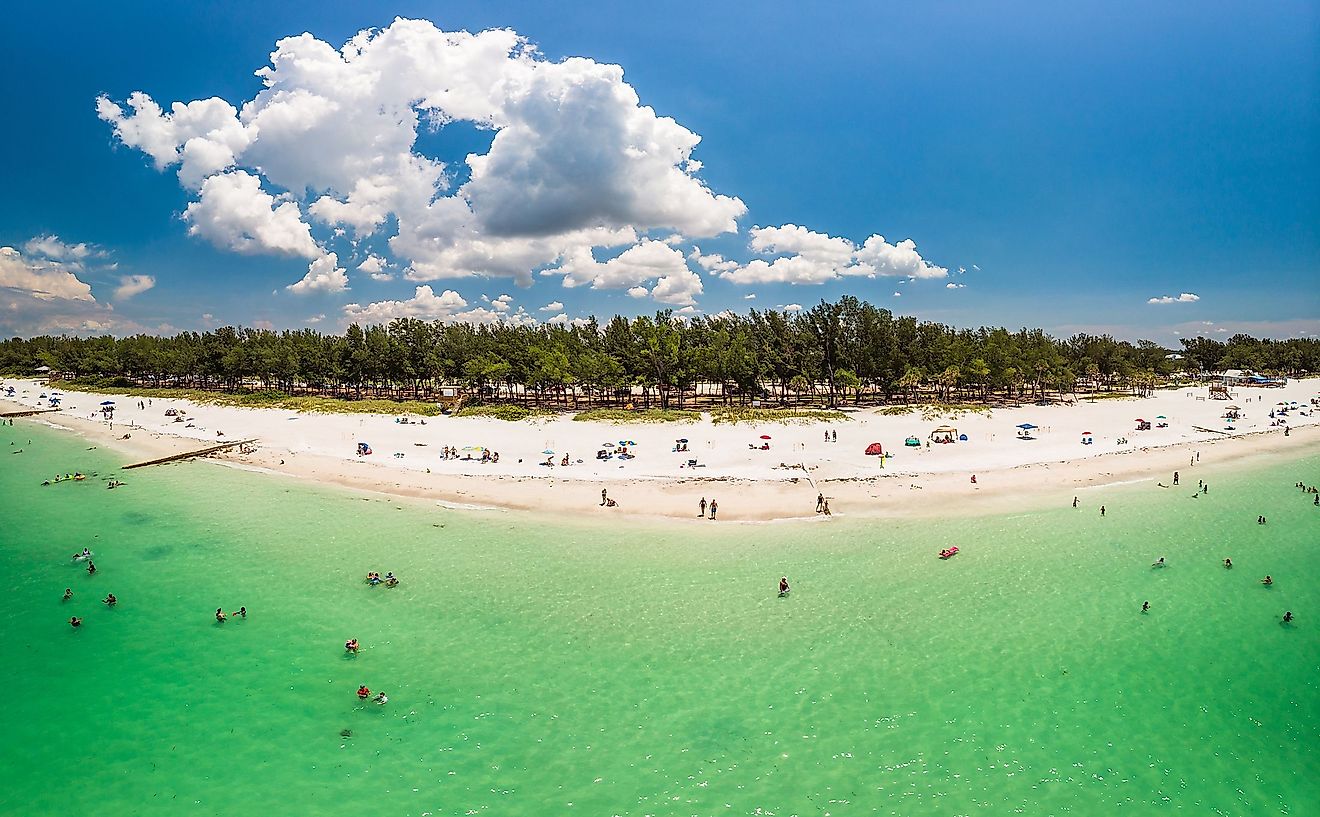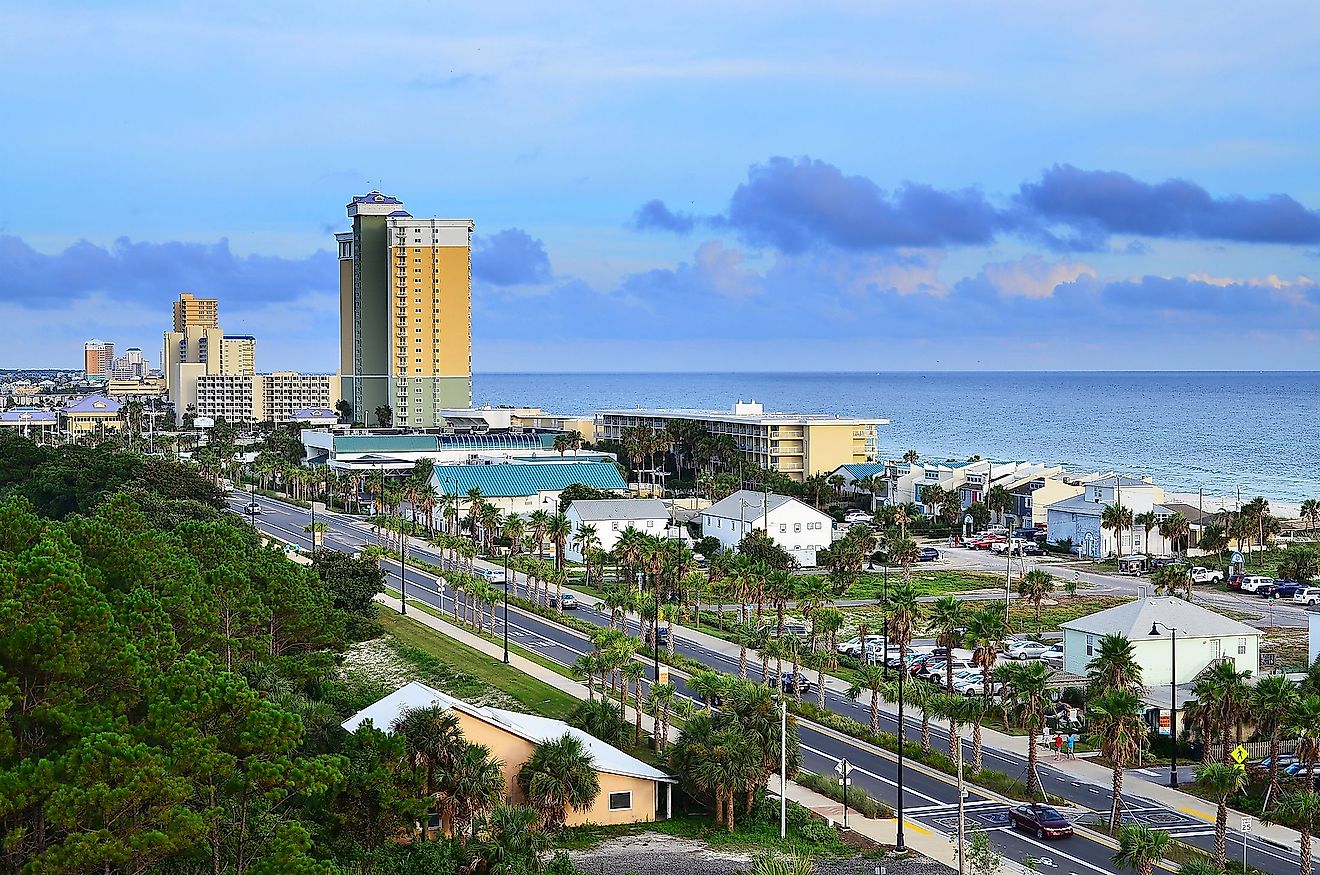
Apalachicola, Florida
Apalachicola is a small coastal city situated at the mouth of the Apalachicola River on the Apalachicola Bay, in Franklin County in the northwestern part of the US State of Florida. The city was established in 1820 as "West Point" and was renamed "Apalachicola" in 1831. Apalachicola once served as the Gulf of Mexico's third-biggest port and one of Florida's largest oyster producers.
Geography Of Apalachicola
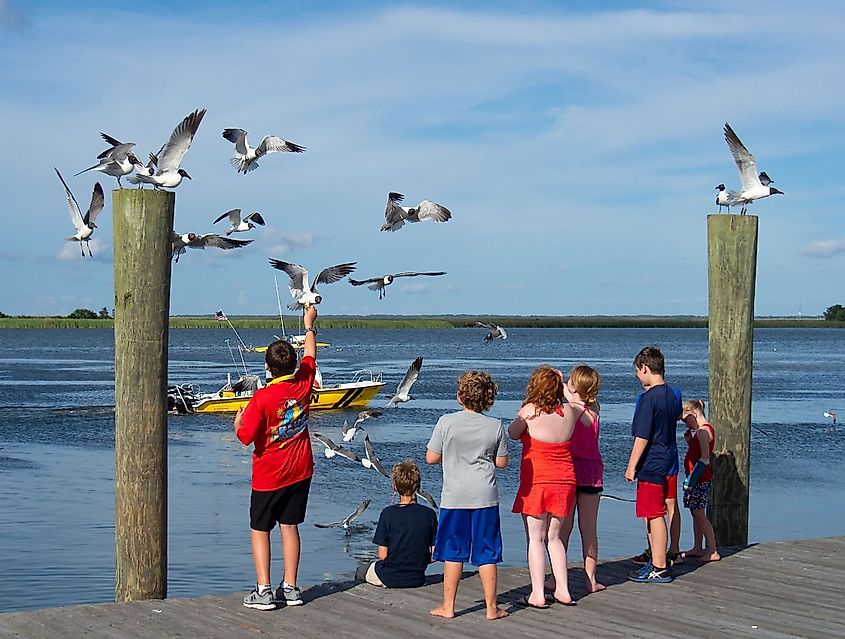
The city of Apalachicola covers 6.80 sq. km, of which 1.81 sq. km is water and 4.99 sq. km land. Apalachicola Bay is bordered by St. George Island, St. Vincent Island, Sand Island, Cape St. George Island, and Flag Island. Established in 1979, the Apalachicola National Estuarine Research Reserve covers about 1,000 sq. km and includes both the land and water areas of the Apalachicola River and the Apalachicola Bay. The US Route 98 highway is the principal highway that passes through the city and leads to the eastern side across the Apalachicola Bay to Eastpoint and about 95km in the northwest direction to Panama City. The capital city of Tallahassee is situated about 121km to the northeast of Apalachicola and can be reached through the US Route 319 and US Route 98 highway.
Climate Of Apalachicola
According to the Köppen climate classification, the city of Apalachicola experiences a humid subtropical climate with long, hot, humid summers and short, cool, and mild winters. The hot summer season lasts from May to September, with an average daily high temperature above 28.3°C. The cool winter season lasts from December to March, with an average daily temperature below 19.4°C. The city gets an average of 1,342mm of rainfall per annum and has about 237 sunny days per year. Therefore, the best time to visit the city of Apalachicola is from early April to mid-May and from early October to early November.
Population Of Apalachicola

A group of children feeding the birds on the Apalachicola River dock in Apalachicola, Florida. Editorial credit: Leigh Trail / Shutterstock.comAs per the latest 2020 census, about 2,341 people live in the city of Apalachicola. The city's population has increased since the 2010 census, which showed that the city of Apalachicola was home to 2,231 people. The city has a population density of 469.61 inhabitants per sq. km. About 66.43% of the city's population is considered white, 30.39% African Americans, and 1.19% Asians.
Economy Of Apalachicola
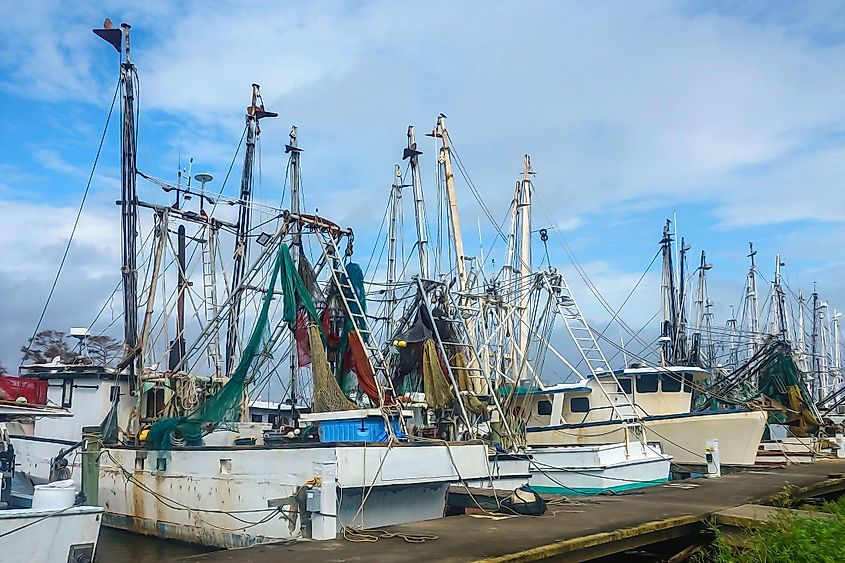
As a significant seafood-producing center, Apalachicola serves as a homeport for many seafood workers. There are a variety of world-class restaurants that offer freshly harvested seafood to their visitors. The city is noted for having some of the finest oysters. Apalachicola harvests more than 90% of the oysters sold in Florida alone and accounts for about 10% of the nationwide oyster supply. Every year on the first weekend of November, Apalachicola hosts the annual Florida Seafood Festival, which is considered one of the oldest seafood festivals in Florida and attracts many seafood lovers. However, at present, due to pollution and reduced water flow in the Apalachicola River, the oyster industry has collapsed completely.
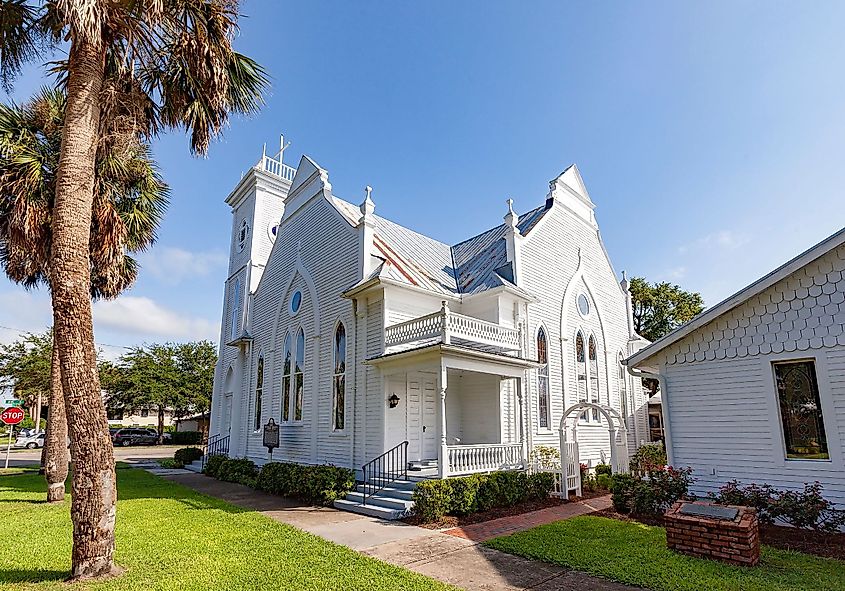
Tourism also greatly contributes to the economy of Apalachicola. Some of the city's notable attractions include the Trinity Episcopal Church, the Apalachicola Maritime Museum, Orman House Historic State Park, John Gorrie Museum State Park, and a grand theatre known as the Dixie Theatre that hosts live performances. The city's historic downtown commercial district, with its extra-wide streets, features many eateries, art galleries, restored hotels, eclectic shops and boutiques, and tin-roofed shipping warehouses. The locally owned businesses and restaurants create an attractive and friendly atmosphere for the tourists and the local inhabitants. A large number of parks and nature trails also offer several outdoor activities for the visitors.
Brief History Of Apalachicola

The name "Apalachicola" has been derived from a combination of the Hitchiti Indian words' apalachi' which means 'on the other side' and 'okli' which means 'people.' The name also means "the land of the friendly people" and refers to the indigenous Apalachicola tribe who inhabited the area and affectionately called their homes "Apalach." From 1513 to 1763, as a part of Spanish Florida, the area was under the jurisdiction of the Spanish. However, the area mostly remained undeveloped during this time and was inhabited by the indigenous tribes. From 1763 onwards, as a part of British West Florida, the area came under the jurisdiction of the British. A trading post known as "Cottonton" was established by the British at the mouth of the Apalachicola River. The trading post continued to facilitate trade even after 1783, when the area was transferred back to Spain. After the United States acquired the area, more European-American residents started to live here, and the area was rechristened as "West Point" and was incorporated in 1827. In 1831, an Act of the Florida Territorial Council renamed "West Point" as "Apalachicola". In 1849, a physician in Apalachicola named Dr. John Gorrie discovered the cold-air process of refrigeration while performing experiments to lower down the temperatures of fever patients. During the American Civil War, the city of Apalachicola was captured on April 3, 1862, by the Union forces. Based on the city's unique character and its dedication to historic preservation, the city of Apalachicola has been considered a "distinctive destination" according to the National Trust for Historic Preservation. As per records, more than 900 picturesque historic homes in Apalachicola have been listed in the National Register District.
